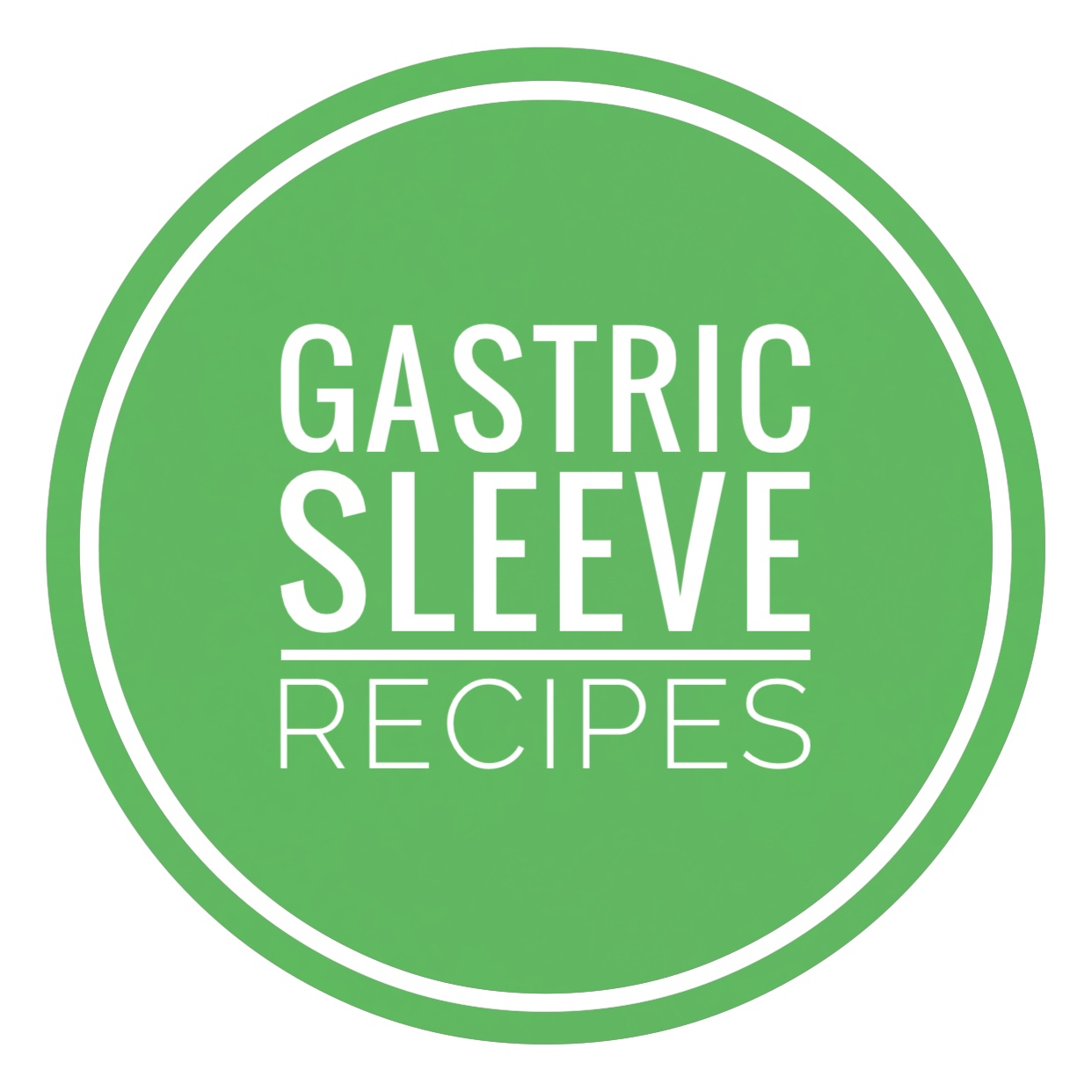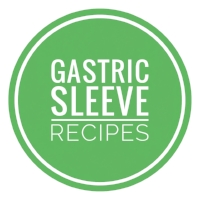Dietary Fat
By Farah Palomas, RD
Content:
What is Dietary Fat?
How many grams of fat should gastric sleeve patients eat?
Main types of fats: Saturated vs. Unsaturated
What’s the deal with Omega-3 and Omega-6 fats?
What are trans fats?
What is cholesterol? Is it bad for you?
The truth about cheese
What is Dietary Fat?
Dietary fat is one of the three essential macronutrients that our body needs to maintain and function, aside from carbohydrates and protein. Fat is the most calorie-dense of all macronutrients. It provides 9 calories per gram, compared to both protein and carbohydrates at 4 calories per gram.
Fats play a very important role in a gastric sleeve diet because they provide our bodies with more calories (energy) in a smaller serving size. They also aid in nutrient absorption, maintain healthy cell membranes, and are needed to make hormones (i.e. estrogen and testosterone)(2).
How many grams of fat should gastric sleeve patients eat?
We recommend fully recovered patients to eat about 45 to 60 grams of fat per day. According to the dietary reference intake (DRI), non-bariatric patients who are generally healthy are recommended to eat 44 to 77 grams of fats per day (as a general guideline). On a gram basis, this does not vary that much compared to gastric sleeve patients. As a percentage of calories, however, fat plays a much bigger role in a gastric sleeve diet due to its calorie-dense content and the reduction in the size of the stomach after surgery. We incorporate some high fat foods in our recipes such as nuts and seeds that also add protein and other vitamins and minerals. Nevertheless, not all fats are equal, so it is important to learn how to distinguish healthy fats from unhealthy fats.
Main types of fats
Fats can be classified into 2 main categories: saturated and unsaturated. Let’s talk more about each.
1. Saturated: Our bodies produce saturated fat, so it is not considered an essential fat that we need to ingest through food. Eating high amounts of saturated fat can raise your LDL-cholesterol (commonly referred to as “bad cholesterol”) and increase the risk of developing cardiovascular diseases such as diabetes and high blood pressure. Therefore, it is recommended to limit the consumption of saturated fats.
Examples of foods that are high in saturated fats include:
Fatty cuts of meats such as beef, pork, lamb, sausage, and salami
High-fat dairy products such as butter, regular fat cheeses, whole milk, cream, sour cream, and cream cheese
Bacon and lard
Egg yolks
Some tropical oil like coconut and palm kernel
Certain processed foods such as chips, baked goods, and pastries
Let’s compare bacon versus almonds to visualize the difference in nutrients. Both are similar in fat content and calories, but per 100 grams, bacon has 14 grams saturated, no fiber, and very little nutrients. Whereas almonds have 4 grams of saturated fat, but also contain potassium, fiber, calcium, iron, and many other important vitamins and minerals. Almonds are a wholesome food, while bacon is not.
Note that most foods containing fats include a combination of fats. Foods that have unsaturated fats will likely contain some saturated fat as well, so it is difficult to completely avoid saturated fat. It is encouraged to avoid foods that are rich in saturated fat and to avoid making unhealthy food choices overall. As a gastric sleeve patient following a diet of 1,000 to 1,200 calories per day, it is recommended to limit saturated fats to about 15 grams per day.
2. Unsaturated: These are healthy fats that you should focus on. They can help lower LDL or “bad” cholesterol, lower blood pressure, and improve insulin sensitivity. Certain unsaturated fats (Monounsaturated) are best known for helping manage cholesterol levels by reducing the LDL particles that attach to our artery walls and lead to atherosclerosis (hardening and narrowing of the arteries)(2).
Examples of unsaturated/healthy fats include:
Nuts such as almonds, cashews, peanuts, pecans, and walnuts
Natural nut butters (avoid any with added oils or sweeteners)
Seeds such as hemp, chia, flax, pumpkin, and sesame
Olives
Avocado
Oils: Oils such as olive, avocado, peanut, or sesame are also examples of healthy, unsaturated fats. However, they should be kept at a minimum because they are a processed food that is 100% fat. So although you might not get the negative consequences of eating oils with high levels of unsaturated fats, they could interfere with your weight loss goals due to their high calorie content.
What’s the deal with Omega-3 and Omega-6 fats?
Our bodies need certain kinds of fats that it cannot produce on its own. These are called essential fats. Two of the most critical are omega-3 and omega-6 fats. Omega-3 fats are anti-inflammatory, while omega-6 fats can be inflammatory. Like everything in life, we need a balance of both as they work together in different ways. Omega-3’s help reduce inflammation, protect the brain, protect the joints, promote heart health, and help prevent chronic diseases. Over 90% of Americans are deficient in omega-3 fats, which puts these individuals at higher risk of developing heart disease and chronic inflammation that may lead to chronic disease (2).
Chronic inflammation can result when the body has low levels of omega-3 and high amounts of omega-6, which may lead to a variety of diseases. Omega-6 fats are widespread in the western diet since they are found in highly refined vegetable oils and ultra-processed packaged foods, among other common foods. Most people eat higher amounts of omega-6 fats than they should, especially those who consume a lot of processed foods. We do need both omega-3 and omega-6 fats, but we should get them through whole foods like the ones listed below (2).
Rich sources of omega-3 fats recommended for gastric sleeve patients:
Seafood or Fatty fish (salmon, herring, sardines, mackerel, anchovies, tuna)
Nuts and seeds (chia seeds, ground flax seeds, walnuts)
Certain fortified foods or drinks such as oatmeal and soy milk
Rich sources of omega-6 fats:
Nuts and seeds (pumpkin seeds, hemp seeds, sesame seeds, sunflower seeds, pine nuts, pistachios)
Whole grains (oats and rice)
Beans (these actually have a good balance of both omega 3 and 6)
What about trans fats?
Foods containing trans fats should be completely avoided. A trans fat is a synthetic saturated fat that is made by adding hydrogens to an unsaturated fat (oil), which alters the fats’ chemical structure (1). Saturated fats increase LDL-cholesterol (“bad” cholesterol) levels, whereas the toxic trans fats both increase LDL-cholesterol (“bad” cholesterol) and decrease HDL-cholesterol (“good cholesterol”), making them extremely unhealthy for your heart. These fats may also contribute to chronic inflammation, obesity, diabetes, dementia, and increase cancer risk. Trans fats are cheap to make and give foods a long shelf life, which make it the perfect product to use in highly processed foods (2). The primary sources for trans fats in processed foods are “hydrogenated oils” and shortening. It is important to read the ingredients list on food labels and avoid anything that mentions “hydrogenated oils”, “partially-hydrogenated oils,” shortening and vegetable shortening. Also, keep in mind that most oils that are used for frying are comprised of hydrogenated trans fats, so make sure to skip the fried foods when eating out.
Foods that may contain trans fats: (avoid at all costs!)
Fried foods
Baked goods (cookies, cakes, pie crust, pastries)
Crackers
Candies
Chocolates
Nut butters (unless it is natural)
Margarines
What about cholesterol? Is it bad for you?
Cholesterol is a type of fat that our bodies produce to build hormones, bile acids, new cells, and to insulate nerves (1). It is a good kind of fat that is necessary to keep our bodies performing as intended.
However, cholesterol turns problematic when we consume too much of it through our diet. Just like saturated fats, it is not necessary to ingest cholesterol through food. Dietary cholesterol is only found in animal source foods, especially in those with high levels of saturated fat, and eating too much of it can put us at an increased risk of heart disease.
The Dietary Guidelines for Americans suggests keeping the intake of dietary cholesterol as low as possible, ideally under 300 mg (5). Avoid foods with high levels of saturated fats and opt instead for unsaturated/healthy fats and lean sources of protein to avoid consuming too much of it.
To read more about cholesterol click here.
The truth about cheese
Cheese is often consumed as a source of protein. Although it does contain protein, it is predominantly fat and should therefore be considered a fat rather than a protein. That means that switching the crust on a pizza for a cauliflower crust will not help much, since most calories in pizza come from the cheese either way (remember that fats contain more than twice the number of calories than carbs and protein).
Cheese is a highly processed, high-calorie food with addictive properties, that could fit the description of junk food (4). We need to start categorizing cheese as a high-calorie food and only eat it in moderation, as it may work against our weight loss goals and overall health. However, eating an occational low-fat cheese stick or adding a bit of cheese to your food occationaly should not be an issue. Just remember to always choose low-calorie cheese and avoid eating it on a daily level. Two other dairy products we recommend, albeit in moderation, are Greek yogurt (non-fat, plain) and cottage cheese (low-fat 2%), given their high-protein and low-fat content. These play an especially important role during the post-op diet.
There is an ingredient called nutritional yeast that is used commonly in the plant-based community for its cheesy flavor. It does not taste exactly like cheese but tastes pretty good when used right. Plus, it is high in protein and rich in important vitamins and minerals. We use it in a couple of plant-based recipes such as in this Healthy Mac and “Cheese”. We highly encourage everyone to try it out.
Conclusion
Avoid foods that are high in saturated fats as much as possible. These include beef, pork, cold cuts, and dairy products
Focus on healthy fats such as nuts, seeds, and avocado
Keep oils to a minimum when cooking or using as dressings
Avoid trans fats at all costs. These include fried and highly-processed foods
Try to avoid egg yolks (stick to egg whites instead)
Don’t eat cheese on a daily basis, only in moderation occationally (low-fat cheese)
Keep your cholesterol levels in check and do blood analysis every 6-12 months
All of our recipes and meal plans are rich in healthy fats, low in saturated fats, and of course do not contain trans fats. This way you can be confident that you are eating the right types and amounts of fats to help support your overall health and help you reach your weight loss goals.
Bonus Healthy Tip: Vitamins A, D, E, and K are fat-soluble vitamins, meaning they need fat to be absorbed. We need bile to absorb these fat-soluble vitamins, which is stimulated by the consumption of fat. Therefore, eating well-balanced meals containing nutrient-dense foods and heart healthy fats is important for optimal nutrient absorption.
We hope you enjoyed reading this article and that it may serve you to make better eating choices! Remember that as a premium member you can always contact our nutritionists with any additional questions.
Not a premium member yet? Subscribe here
Already a member? Contact nutritionist here
References:
Mahan LK, Escott-Stump S, Raymond JL. Krause’s food and the nutrition care process. 13thed. St. Louis, MO: Elsevier; 2012.
Hyman M. Food: What the Heck Should I Eat? New York, NY: Little, Brown and Company; 2018.
Stokes E. Your Omega-3 Family Shopping List. WebMD Website. https://www.webmd.com/diet/guide/your-omega-3-family-shopping-list. Accessed November 5, 2018.
Schulte E, Avena N, Gearhardt A. Which Foods May Be Addictive? The Roles of Processing, Fat Content, and Glycemic Load. PLOS. https://journals.plos.org/plosone/article?id=10.1371%2Fjournal.pone.0117959#sec009. Published February 18, 2015. Accessed September 27, 2018.
Cholesterol. FDA Web site. https://www.accessdata.fda.gov/scripts/interactivenutritionfactslabel/factsheets/Cholesterol.pdf. Accessed February 10, 2019.


